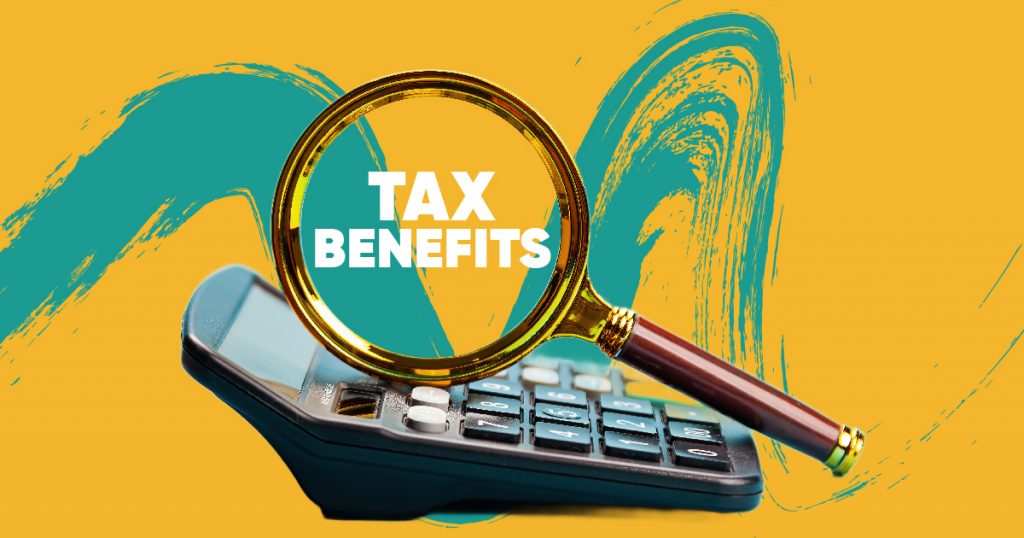
What is Remittance Advice?
In the era of soaring inflation, remittance money is a financial lifeline for many families and communities in developing countries.
People living abroad often send money back home to support their loved ones. Also, businesses make remittances to pay their overseas teams or customers.
Unlike bank transfers, your friends and family can get hassle-free cash with remittance. You can instantly transfer the money, and they can now pick up the cash.
However, finding reliable remittance advice or service is nothing less than finding a needle in a haystack. Each provider claims to give the best rates and fastest services.
Sure enough, making secure, efficient, and cheap remittances isn’t a cakewalk, but it isn’t impossible. We will walk you through tried-and-true tips to make secure remittances and make your loved ones happy.
What is Remittance?
Remittance is the money you send to your family or friend as a gift or financial support. Also, known as payment is the more common term. Remittance word is mostly used to describe money sent to another country.
If you’ve often heard terms like ‘remittance’ or ‘fintech’ but aren’t quite sure what remittance means, we’ve got you covered. A remittance, in its simplest form, is moving money from one individual to another, typically across international borders.
Suppose you are from Pakistan and working in the United States. He sends some of his earnings back to his family in Pakistan. That’s remittance.
This act, which helps sustain families, fund businesses, and even support entire communities, is the essence of remittance.
Business remittances are when a business sends money to its employees, customers, or suppliers across borders.
Remittances are a great source of keeping the connection with your loved one alive while you cannot see them in person. Whether it’s a one-off payment as a gift or regular support for your family, TangoPay is at your disposal.
Remittance Advice meaning?

Remittance advice seems like financial advice or something an expert can give you, but it is not. It’s a concept that goes hand in hand with invoices. The supplier invoices the customer, and When a customer pays an invoice, it contains details about the service or goods and requests payment, while a remittance advice shows payment has been made. A remittance advice indicates that the payment has been made from the customer to the supplier.
Remittance advice proves that the customer paid the amount, and the supplier will receive it through a bank or whatever way they sent it. But customers can also send the payment in the form of a cheque with
Remittance advice means having an additional layer of clarity and security. It makes the invoice process smooth, clear, and easier.
‘Remitting’ a payment means sending it back. Think of payments between friends, transfers between businesses, or even transfers internationally.
Remittance advice proves that a specific remittance has happened or is about to happen.
Benefits of Remittance Advice for Both Sender and Receiver?

If you’re sending money across borders, it can be scary. You may not know where your money is going to end up. Remittance advice is your map, showing you where your money is and making sure it stays visible.
We’ve all been there, and we don’t know any information about it. Remittance advice is like having a proofreader for your transaction. It catches the slip-ups before they turn into full-blown headaches.
It’s tax season, and you’re digging through a mountain of papers. Not fun. Remittance advice is like a breadcrumb trail, leading you right back to every transaction. It’s a lifesaver when the taxman comes a-knocking.
Think of it as your financial diary. It tells a story – where your money’s been, what it’s done, and the why behind each transfer.
If you’re running a business, remittance advice is your trusty sidekick. It keeps your accounting on point and makes reconciling accounts as easy as pie.
With all the details in your pocket, solving issues is quicker than a New York minute.
It’s not just about numbers; it’s about relationships, too. Remittance advice helps maintain transparency and trust between sender and receiver. After all, nobody likes playing guessing games with their money.
Importance of Remittance Advice in Money Transfer

Remittance is a phenomenon that has been around for a while. For centuries, people have migrated for better opportunities and sent money back home.
The methods have evolved from the age-old hawala system in the Middle East to fintech advancement. However, the intent remains the same: supporting loved ones from afar.
Beyond individual benefits, remittances play a pivotal role in shaping economies. Countries like Nepal or Honduras rely heavily on remittances, contributing significantly to their GDP.
These funds aid infrastructure development, education, and even stabilizing economies during crises.
According to the World Bank, remittance flows to low- and middle-income countries. The amount that goes to these countries each year is more than 650 billion dollars. It serves as a wind beneath the wings for fragile economies.
Remittance money makes a significant contribution to third-world economies. It’s even more significant than all other financial investments these countries receive. These funds help with poverty and contribute to economic growth. It boosts disposable income and increases consumption.
According to The Economic Times, India is the first most remittance recipient country. India received more than 80 billion in remittances this year. It’s the highest amount in the world. Even though COVID-19 hit India hard, money sent into the country went up higher.
Meanwhile, in Nepal, these remittances make up almost 27% of the country’s economy.
What are the Types of Remittance?

The world of remittances comes with its own set of jargon. Here’s a breakdown:
Outward Remittance:
If you live in the U.K. and your family is in Nepal, for example, sending them money is called Outward Remittance. However, the same money becomes inward remittance for the family who receives the funds.
Inward Remittance
If you work with an international company and you receive payments from them, that’s Inward Remittance. As said earlier, the same money will be outward remittance for the company sending it to you.
Electronic Remit Advice
An ERA remittance is just an electronic remittance of the payment you owe to the hospital. It provides details about claims payments from health plans. It’s used in medical practice. Whenever your practice submits a claim, ERA will automatically generate the bill. It will contain all the details about what amount the health plan needs to pay and what was the reason for the payment. Also, under which category does that specific payment come?
The ERA can provide information about money taken back due to claim re-evaluation or changes not directly linked to a specific claim. This includes things like interest payments or fixed monthly payments for healthcare services. HIPAA mandated the Accredited Standards Committee Health Care Claim Payment/Advice (835) transaction as the standard electronic transaction to be used by health plans in communicating claims payment information to providers. All he
When the medical practice claim is all set to go, it is sent in the form of ERA or SPR. A final claim is sent with payment information. ERA or SPR contains itemized information for every claim, and it enables the provider to the adjudication decisions with those claims/lines as submitted by the provider.
Standard Paper Remit
Standard Paper Remittance is when the payment details are sent through a hard copy. It will contain a detailed description of payment, invoice, billing account statement, and everything else that will suggest that payment has been made.
Conclusion
Remittance advice is the form of information that you send to the business or respected person to prove that payment has been made. Mostly, remittance advice is automatically generated through an email.
However, it is different from invoice notification, which tells that an invoice is about to be received. Generally, it will ask for the information that is required to be provided for payment or the items that are settled.
Remittance advice keeps businesses going as it’s a form of trust contract between businesses and contractors. It tells that payment has been made and also where it came from. It contains all the necessary information.
How do you create remittance slips?
When the remittance company issues an invoice, a remittance advice note of remittance receipt is automatically issued. You will receive an email or message notification for it.
What information does remittance advice contain?
The remittance advice would contain information like invoice number, invoice date if you got some discount and the invoice amount.
Is remittance advice proof of payment?
Yes, the remittance that the customer has paid was due to him/her by the business.
Tell me the best way to send remittance advice.
There is no standard way of sending remittance advice. However, email is the most commonly used method of sending remittance advice.
Do I need to send remittance advice?
Yes, you should receive remittance advice if you have made a payment to a business. It keeps clarity and trust intact.
